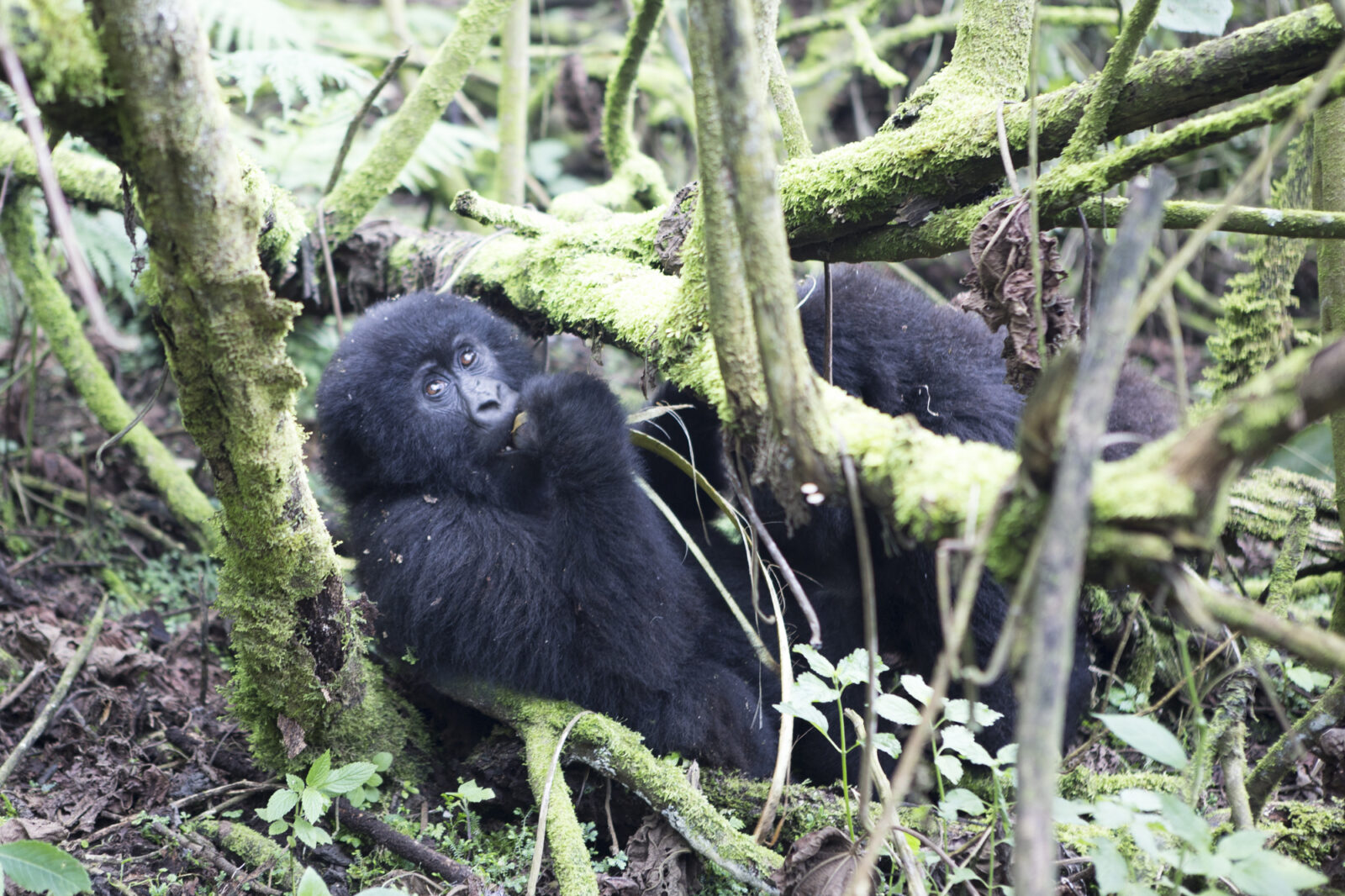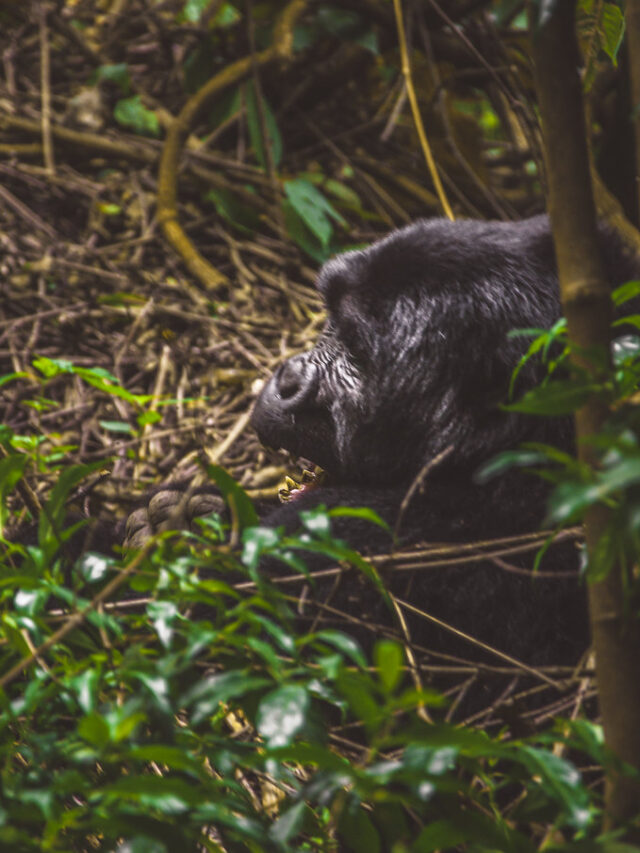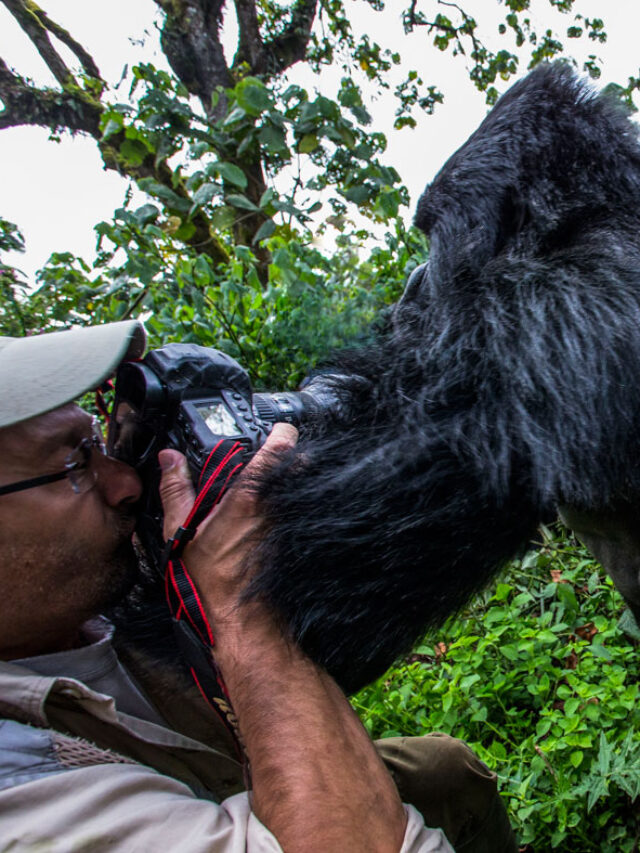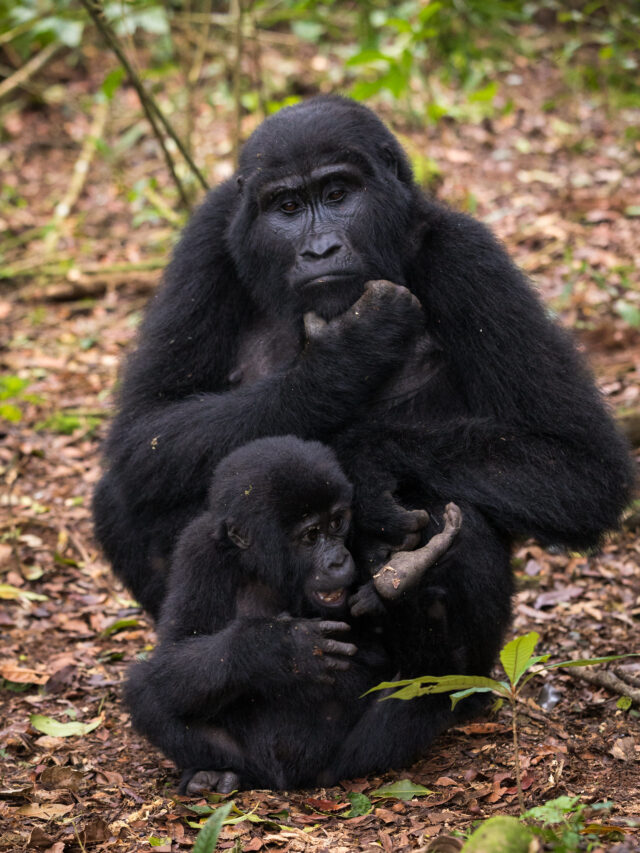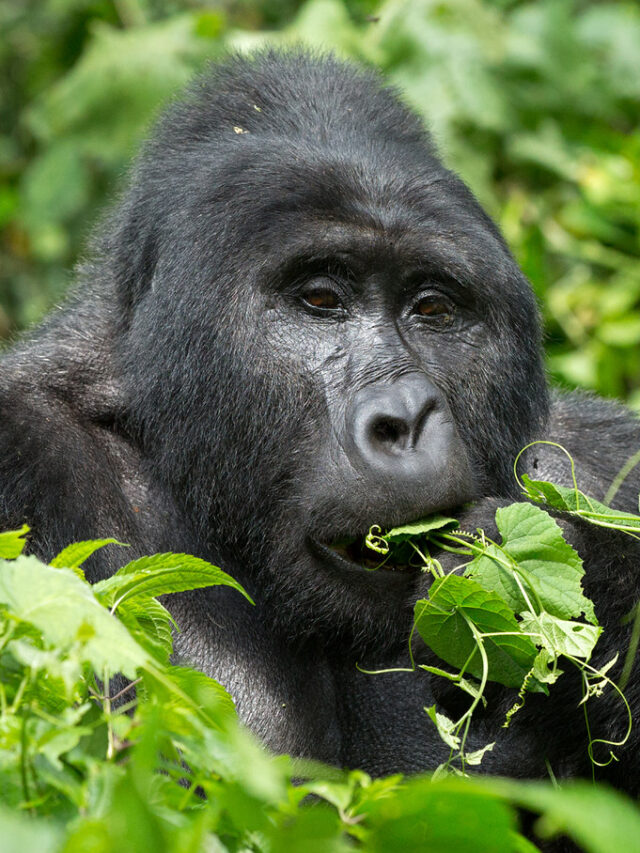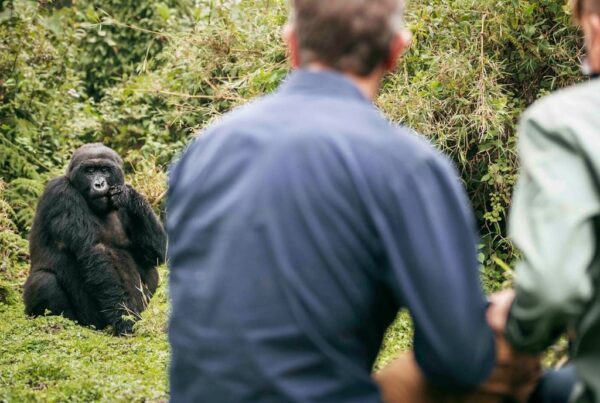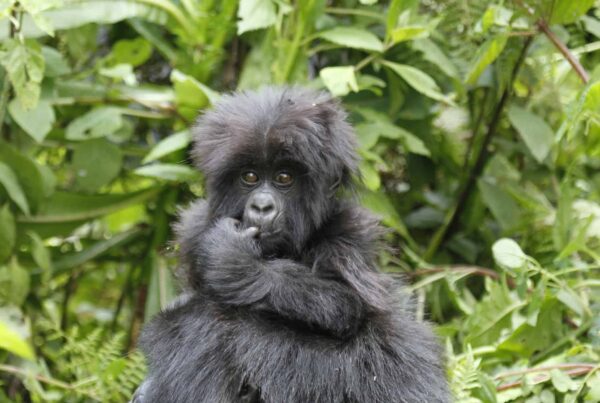Wild vs Captive: The Real Difference Between Mountain Gorillas in the Forest and Gorillas in Zoos
Understanding the Wild Soul of Mountain Gorillas
When we talk about mountain gorillas—those majestic, soulful creatures that roam the mist-shrouded rainforests of Uganda, Rwanda, and the Democratic Republic of Congo—we’re referring to a rare and highly endangered subspecies of the eastern gorilla known scientifically as Gorilla beringei beringei. These gorillas live deep within the dense forests of Bwindi Impenetrable National Park and the Virunga Massif, and everything about their lives is governed by nature—untamed, unpredictable, and poetic in its rawness. Observing a mountain gorilla in the wild is like witnessing a masterpiece in motion: the way it moves, forages, and interacts with its family is dictated entirely by natural instinct and the rhythm of the forest.
In the forest, mountain gorillas live in cohesive family groups led by a dominant silverback—a towering male who ensures the safety, coordination, and emotional well-being of his troop. They wake with the sunrise, journey miles through dense foliage in search of food, communicate through complex vocalizations, and build fresh nests each evening to sleep in. Their diets consist almost entirely of wild plants: bamboo shoots, stinging nettles, wild celery, and fruits gathered in seasonal abundance. Their bodies are muscular, strong, and lean—shaped by constant movement across rugged terrain, climbing steep slopes, and surviving natural weather extremes.
Mountain Gorillas in the Forest and Gorillas in Zoos — What makes wild mountain gorillas especially unique is the level of emotional intelligence they display. Researchers and trekkers often describe moments of intense eye contact as deeply moving—like connecting with something ancient and reflective. These gorillas display grief when they lose a family member, playfulness during social interactions, and tenderness between mothers and their young that mirrors our own maternal instincts. This raw emotion, witnessed in their natural environment, makes the experience unforgettable and authentic—far beyond what any zoo can replicate.
Gorillas in Zoos: A Life of Structured Captivity
Now compare this to gorillas found in zoos across Europe, North America, or Asia. First and foremost, these are not mountain gorillas. Mountain gorillas have never successfully been kept or bred in captivity due to their specific dietary and environmental needs. Instead, zoos typically house western lowland gorillas (Gorilla gorilla gorilla), a more widespread and slightly smaller cousin of the mountain gorilla. They differ not just genetically, but also in behavior, physiology, and habitat preferences.
Gorillas in zoos live highly structured lives designed around human schedules and containment needs. While many modern zoos have evolved into conservation-centric institutions offering enriched environments, there is no denying that a zoo enclosure—even a beautifully designed one—is a world apart from the freedom of the forest. Here, everything from their meals to their sleep routines is managed. Gorillas are typically fed a regulated diet of fruits, vegetables, and special nutritional biscuits. Their physical activity is limited to the space of their enclosures, which often lack the complexity and scale of a wild jungle ecosystem.
Socially, zoo gorillas form groups but lack the dynamic range of wild troops. The silverbacks do not need to protect their families from leopards, humans, or rival males. There is less urgency in their existence. Veterinary care is readily available, but the psychological cost of captivity can be seen in certain behaviors—such as repetitive movements or unnatural aggression—that rarely, if ever, occur in the wild. Though zoos aim to provide intellectual stimulation through puzzles and toys, nothing compares to the sensory overload of navigating a living, breathing rainforest filled with sounds, scents, and natural surprises.
Behavioral and Emotional Contrasts
Emotionally, both wild and zoo gorillas are sentient beings, but the way they express and develop those emotions is often shaped by their environments. In the forest, mountain gorillas nurture deep familial bonds forged through shared hardship, survival, and constant mobility. Their eyes carry the wisdom of generations, passed down not through human intervention but through instinct and lived experience.
Zoo gorillas, on the other hand, may develop bonds with their caretakers and fellow enclosure mates, but these relationships are altered by the lack of risk, freedom, and variety. Some gorillas even develop attachment to their audience, watching people as intently as they are being watched—leading to a sort of mirror reality where they behave differently simply because they know they are under observation.
The emotional fulfillment of a wild gorilla is driven by autonomy and challenge, while captive gorillas rely on enrichment activities and human-provided routines. Over time, this affects everything from their mental health to their physical development. Captive gorillas may live longer due to veterinary care, but wild mountain gorillas, despite their tougher conditions, live fuller, freer, and more purpose-driven lives.
Conservation Realities and Public Perception
There is also a significant conservation angle in this contrast. Seeing a gorilla behind glass may spark interest in wildlife, but it does not replicate the urgency and sacredness of encountering them in the wild. Gorilla tourism—especially in Uganda and Rwanda—has proven to be a powerful conservation tool. Every permit sold funds park protection, anti-poaching patrols, veterinary support, and community projects. This intimate, respectful form of ecotourism provides jobs and directly connects local communities to the well-being of the gorillas they live alongside.
Zoos, on the other hand, serve a different role: they educate the urban population, offer a backup population for certain species, and raise funds for global conservation. But no matter how well a zoo replicates forest life, it cannot mimic the pulse of the jungle, the unpredictability of life in the wild, or the true essence of a mountain gorilla.
The Experience: Why It Matters Where You Meet Them
Standing a few meters away from a wild mountain gorilla in Bwindi or Volcanoes National Park is not merely sightseeing. It’s an awakening. You’re enveloped in a living ecosystem, with birds overhead, forest elephants nearby, and layers of ancient trees all around. The gorilla you watch is not performing for you—it’s simply existing, living a life as it has for thousands of years. The silence, broken only by the rustling leaves or a low grunt, makes you feel like a guest in their kingdom. You become part of a story that began long before humans knew how to write one.
Meeting a gorilla in a zoo is, by contrast, a curated experience. It may be fascinating, even emotional, but it is always controlled. The spontaneity of the moment is absent, replaced by observation windows, feeding times, and educational plaques. You may learn facts, but you rarely feel the primal connection that wild gorillas offer—a connection that humbles you, grounds you, and often, changes you.

